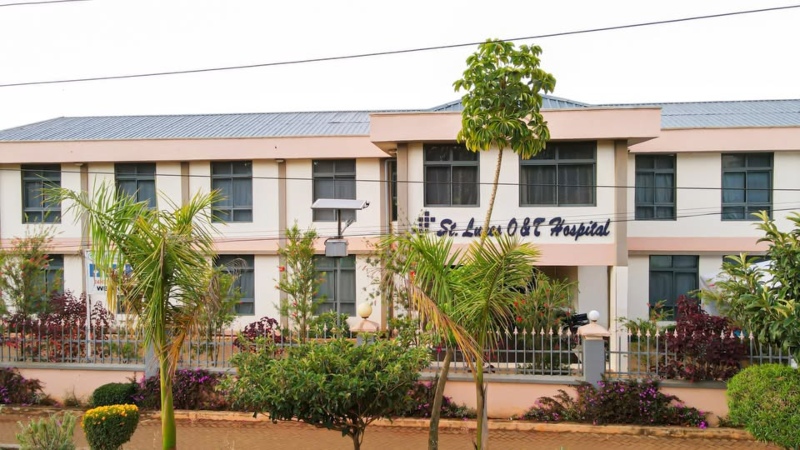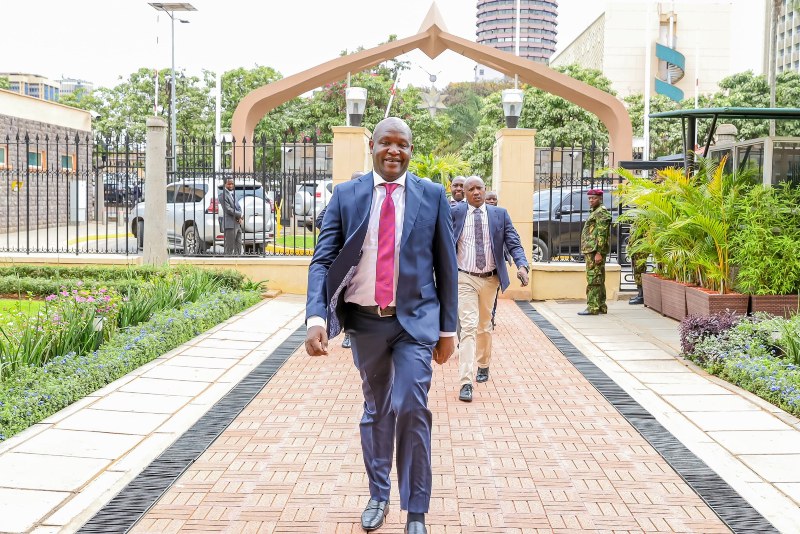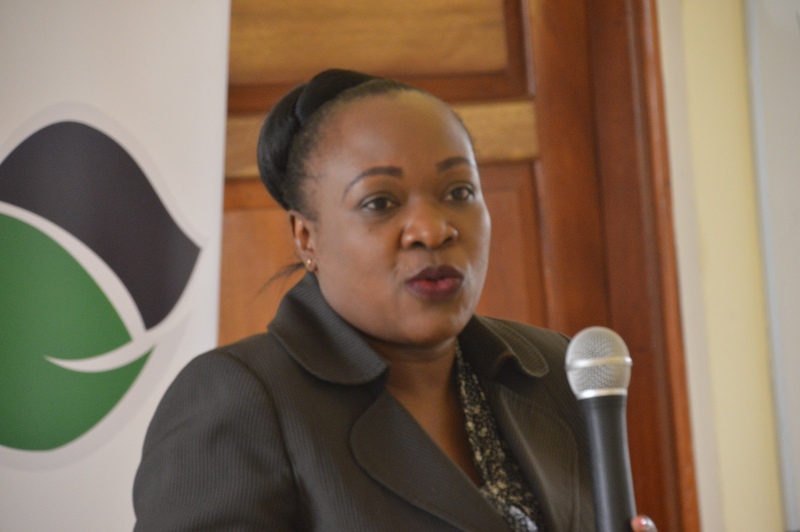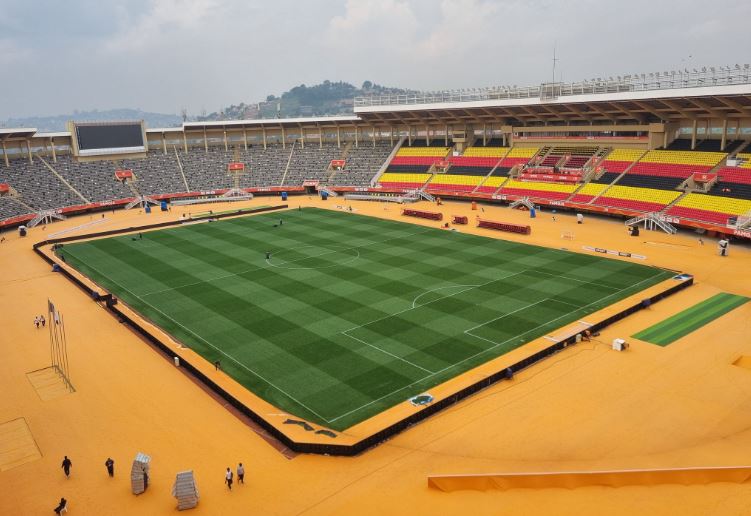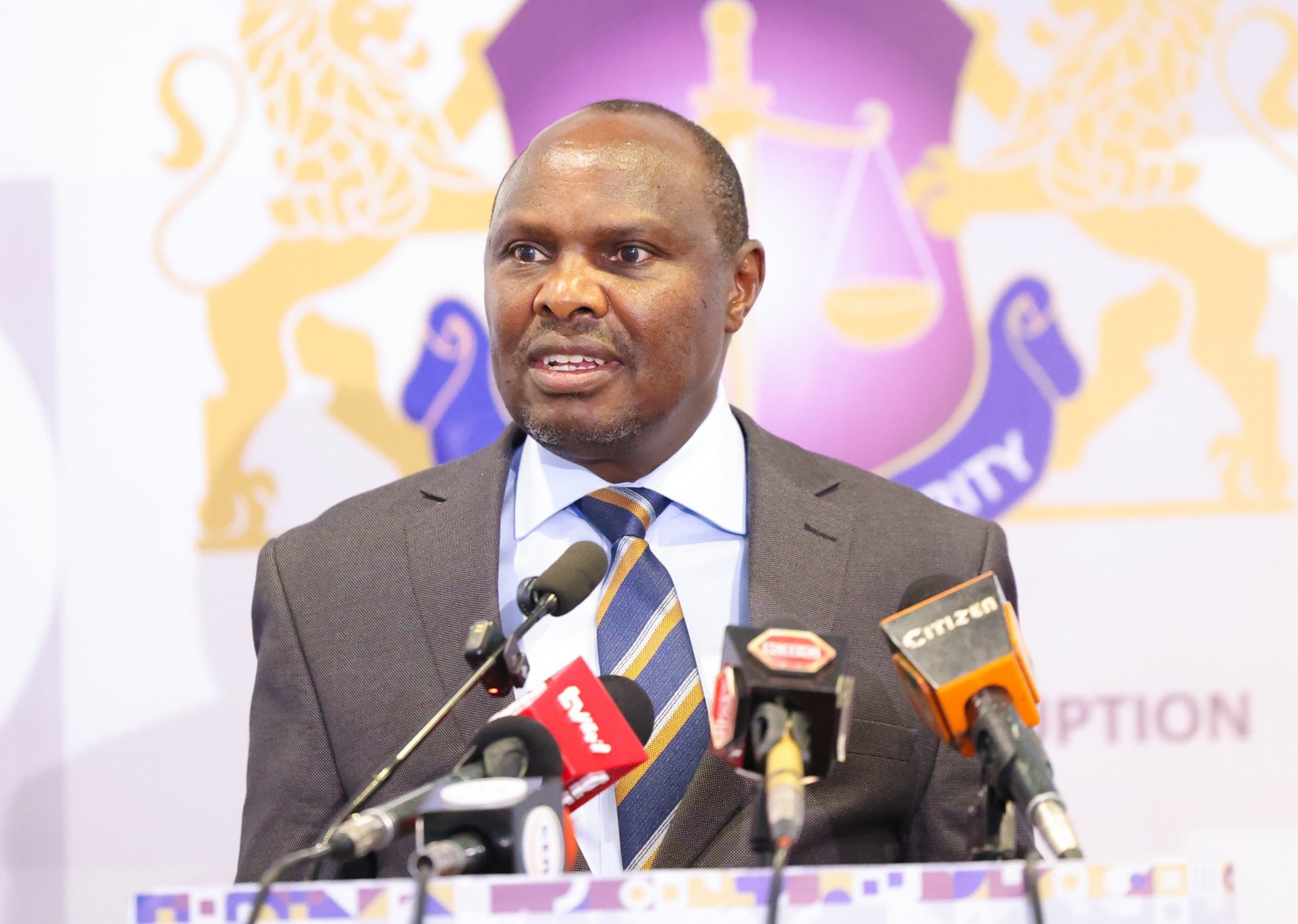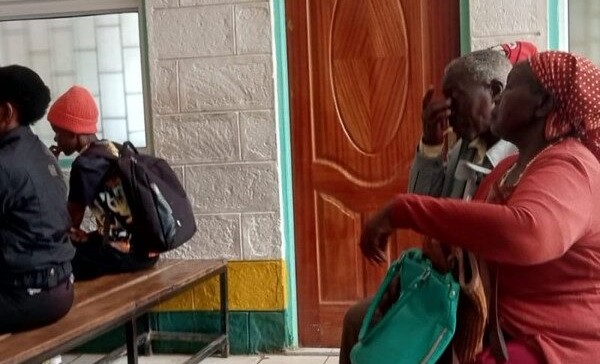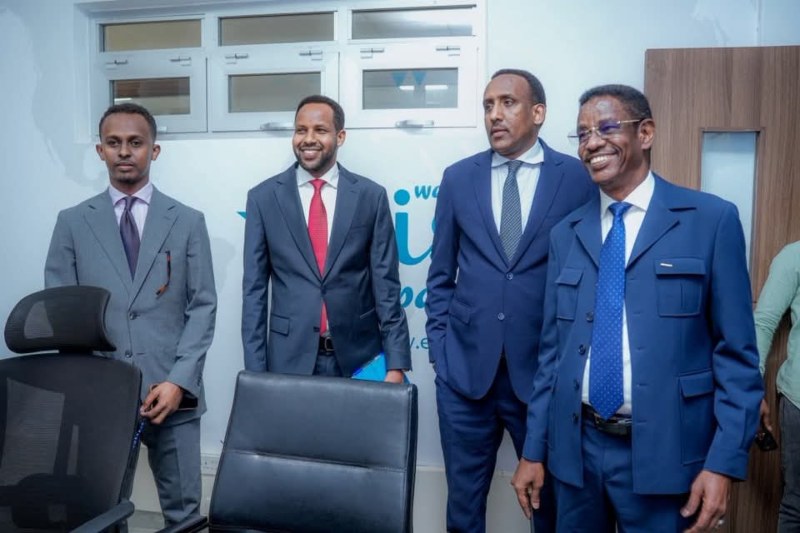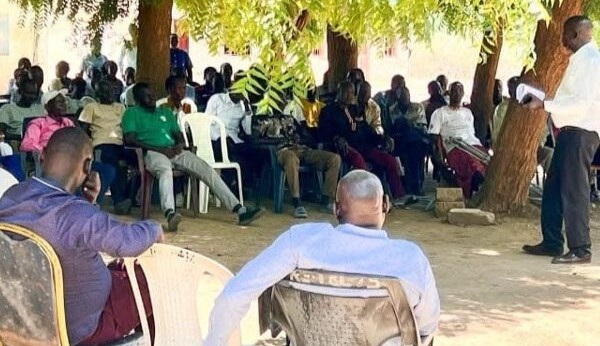JKIA gets Africa’s first rapid aircraft recovery equipment worth Sh177 million
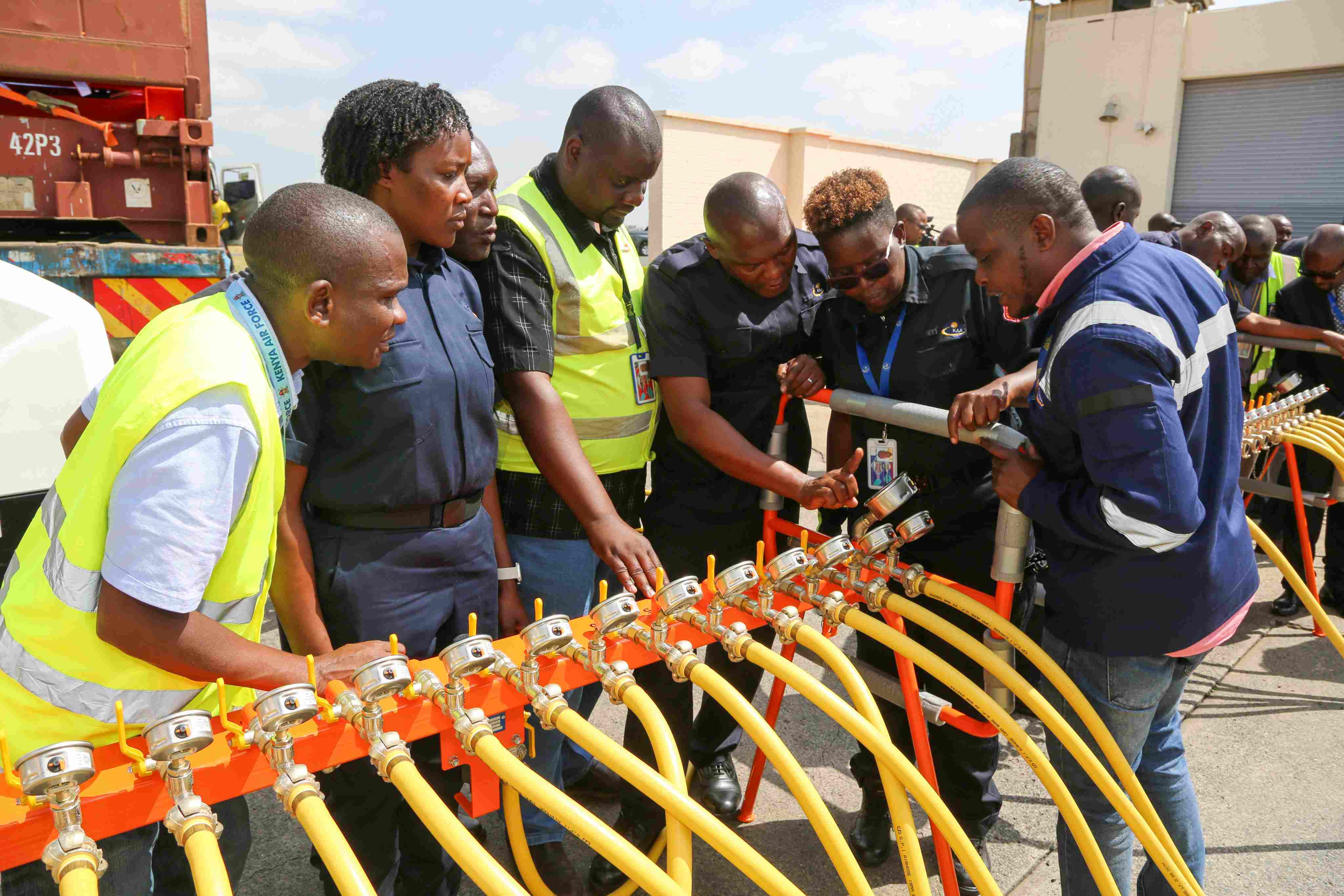
The state-of-the-art system, supplied by AMS Aircraft Recovery Ltd of the United Kingdom, is designed to quickly and safely remove disabled aircraft from runways and taxiways.
Travellers using Jomo Kenyatta International Airport (JKIA) can now expect faster response during emergencies and fewer delays, following the launch of a new generation aircraft recovery system—the first of its kind in Africa.
The Kenya Airports Authority (KAA) unveiled the advanced equipment on Friday, marking a major step in strengthening airport safety and operational resilience.
More To Read
- Live blog: Suspected goons stone Rigathi Gachagua's convoy on Mombasa Road
- Kenya seeks Sh258 billion funding for JKIA expansion after cancelling Adani deal
- Proposed Bill could unlock new funds for Kenya Meteorological Department
- AMREF aircraft was en route to Somalia to evacuate seriously ill child - CEO
- KAA confirms Moi International Airport's "emergency" was a planned safety drill
- KAA warns passengers of delays to JKIA, Wilson Airport as CHAN kicks off in Nairobi
The state-of-the-art system, supplied by AMS Aircraft Recovery Ltd of the United Kingdom, is designed to quickly and safely remove disabled aircraft from runways and taxiways.
This is expected to reduce operational disruptions, protect passengers and airport assets, and ensure swift restoration of normal operations.
The commissioning was held at JKIA in the presence of top aviation and government officials, including KAA Chairperson Caleb Kositany.
“This investment marks a major step forward in our efforts to enhance safety and operational resilience,” Kositany said.
“We want to be able, with this equipment now, to clear the runway faster than any other time before. Within an hour of an incident, we should be able to resume flights and carry on with operations normally,” he added.
The equipment was procured in partnership with AMS Aircraft Recovery Ltd and International Partnership for Services East Africa (IPSEA), at a cost slightly above £1 million (Sh177.4 million).
According to AMS Managing Director Yudie Fishman, the package includes a complete suite of tools capable of handling a wide range of emergency scenarios.
“All of the equipment came from our UK operation, which services commercial airlines and airports. It is a complete suite of equipment that could handle any scenario, a wide-body jet in the most serious incident,” Fishman said.
Besides equipment delivery, the contract includes comprehensive training for KAA personnel, both in Kenya and in the UK, to ensure effective and safe operation.
The recovery system features advanced lifting, towing, and aircraft support tools specially designed for aircraft immobilised due to incidents such as gear collapse or veering off the runway.
With JKIA operating on a single runway, the equipment is seen as a critical asset to avoid prolonged service disruptions.
An incident last Sunday underscored the urgency of such a system when an aircraft landing at JKIA suffered a tyre burst, forcing it to circle the airspace to burn fuel before an emergency landing.
The disruption lasted about two hours. With the new equipment, KAA aims to reduce such delays drastically.
Roads and Transport Cabinet Secretary Davis Chirchir, in remarks delivered on his behalf by Kositany, said: “The commissioning of this recovery system is not only about emergency preparedness. It is about business continuity, competitiveness and protecting Kenya’s growing aviation industry. With this system in place, JKIA joins a select group of African airports with world-class recovery capabilities, proof of our resolve to meet ICAO standards and uphold global aviation safety benchmarks.”
The launch is part of KAA’s broader strategy to upgrade airport safety and emergency response systems.
Recent additions to this strategy include modern firefighting vehicles, a mobile emergency command centre, and eco-friendly fire suppression foam, keeping the authority ahead of many African counterparts.
According to data from the International Civil Aviation Organisation (ICAO), about 150 disabled aircraft incidents occur globally each year, with airport closures lasting an average of 17 hours.
Some recoveries take up to a week. JKIA, with its single runway, has experienced similar challenges in the past, resulting in flight delays, diversions, and costly shutdowns.
The new system places JKIA alongside global leaders such as New York’s JFK and London’s Heathrow in terms of recovery capability, and reinforces Kenya’s status as a regional aviation hub.
Top Stories Today
